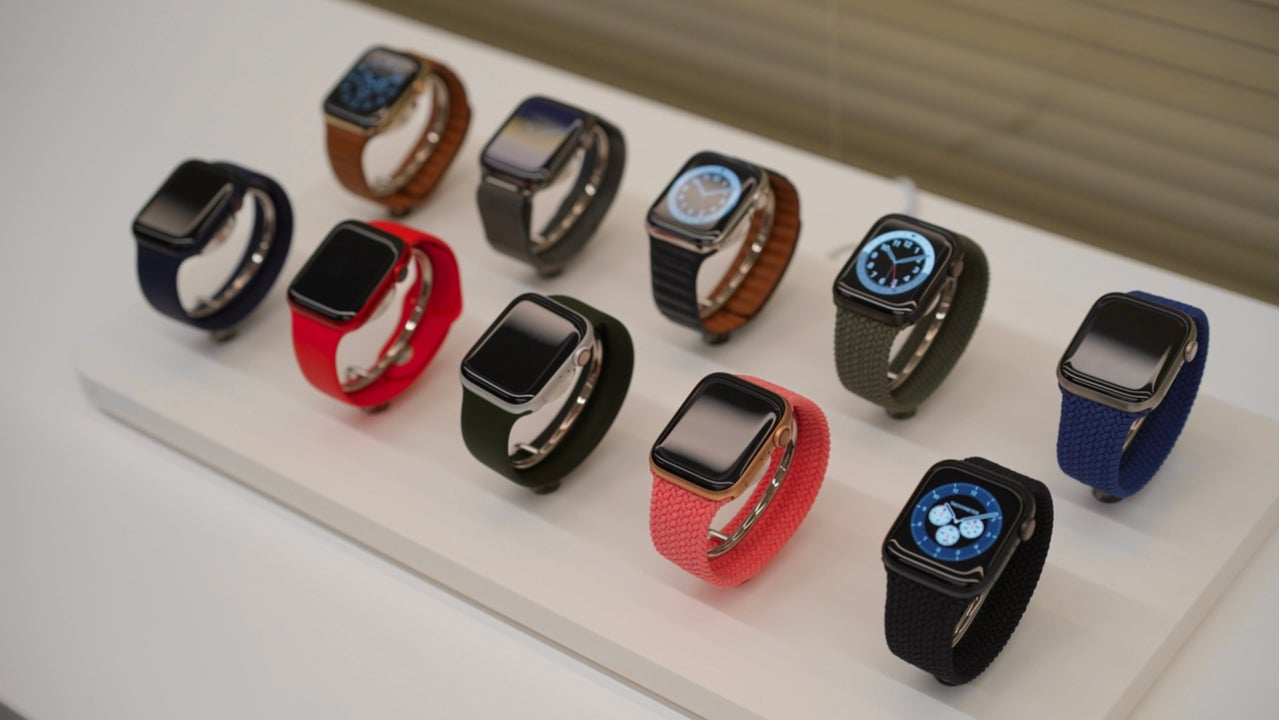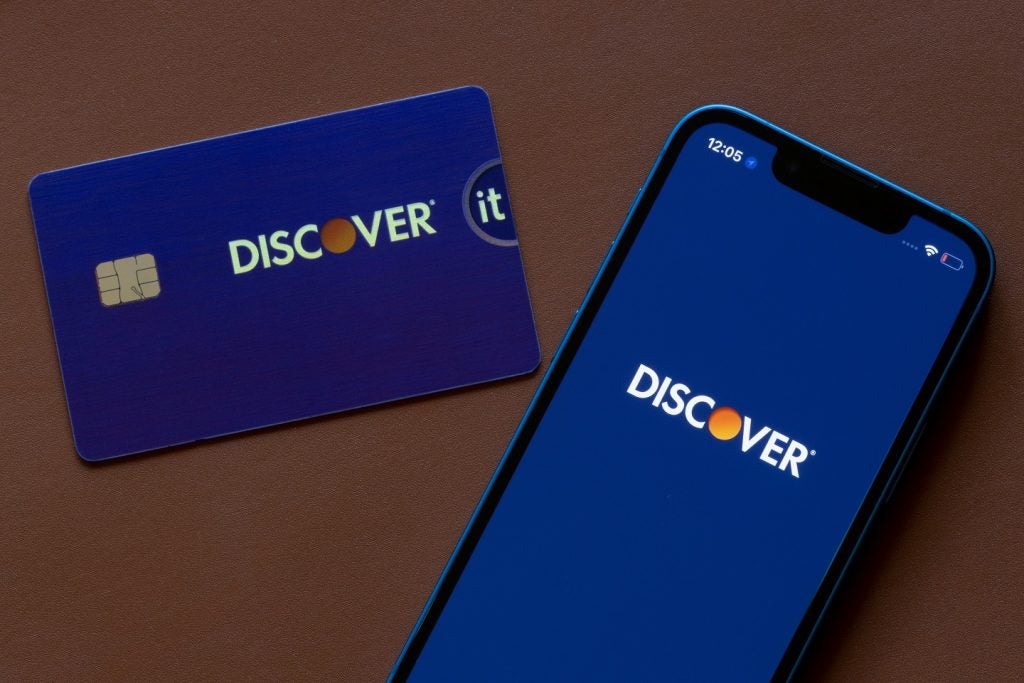
The smartwatch has found its place in this world by primarily focusing on health and fitness, and Apple has led the way. The new $399+ Watch 6 takes the company deeper into mobile health with the addition of some key health features.
One is a blood oxygen monitoring sensor, clearly targeting Covid-19 use cases (including a handwashing feature that starts a 20 second countdown timer with animation), and taking away the competitive edge from Samsung’s $450 Galaxy Watch 3.
Apple is furthering its reach into m-health by working with third-party health entities to study the effectiveness of its blood oxygen monitoring on a large scale, including its ability to test for Covid-19.
Spending on nonessential products, which include smartwatches, is expected to fall as the world moves towards recession. However, a preventive Covid-19 use case will help manufacturers and carriers to incentivize their smartwatches as such, especially during the upcoming flu season in the US which is expected to bring a second wave of the virus.
New chip powers the Watch 6
The Apple Watch 6 improves on its predecessor with a new S6 chip, which is based off the A13 chip used in Apple’s successful iPhone 11 series. The Watch 6 comes in 44mm and 40 mm in aluminum, stainless steel, and titanium, includes an always-on retina display, ECG sensor, GPS, compass, barometric altimeter, accelerometer, gyroscope, and ambient light sensor.
Apple’s announcement of its first mid-range smartwatch, the $279 Watch SE brings Apple’s tiered phone pricing strategy to smartwatches. The SE comes with similar features as the Watch 6, but leaves out blood oxygen monitoring, the always-on display, and includes an older S5 chip.
How well do you really know your competitors?
Access the most comprehensive Company Profiles on the market, powered by GlobalData. Save hours of research. Gain competitive edge.

Thank you!
Your download email will arrive shortly
Not ready to buy yet? Download a free sample
We are confident about the unique quality of our Company Profiles. However, we want you to make the most beneficial decision for your business, so we offer a free sample that you can download by submitting the below form
By GlobalDataThe cheaper Watch SE, thanks to Apple’s new Family Setup feature, is aimed as an untethered first-Apple product targeted at children and seniors. With this feature, users get their own Apple account, a phone number and parental control features, which parents can access from their iPhones. The SE is also a less expensive way to get a price conscious consumers into the Apple ecosystem.
Seamless integration gives Apple a smartwatch advantage
The Apple Watch SE is also not good news for Samsung, Garmin and Fitbit. Their smartwatches come in at sub-$300 prices, but the scale of hardware and services integration in Apple watches, which feeds into each other creating cyclical revenue channels for Apple and its carrier partners, and its seamless workability, is simply out of reach for rivals in a fragmented Android ecosystem.
Family Setup allows just one iPhone to pair with several Apple Watches instead of each watch needing its own iPhone. It is also compatible with the Apple Watch Series 3 through Series 6. On the smartphone side, family share plans in the US drive much of carrier revenue and also play a significant factor in customer retention.
Apple is now replicating the capability on the smartwatch side, giving carriers a significant revenue opportunity. Apple also introduced a new $9.99 fitness subscription service called Apple Fitness+ that should enhance the Watch’s positioning as a health and fitness device while generating recurring revenue for Apple.
Smartwatches still lack the kind of killer use case that would make them indispensable. However, sales are being driven by improving health and fitness applications and the ability to access smartphone content without the need for a phone for everyone, both of which are available in Apple’s new smartwatches.







Related Company Profiles
Garmin Ltd
Fitbit Inc
Apple Inc